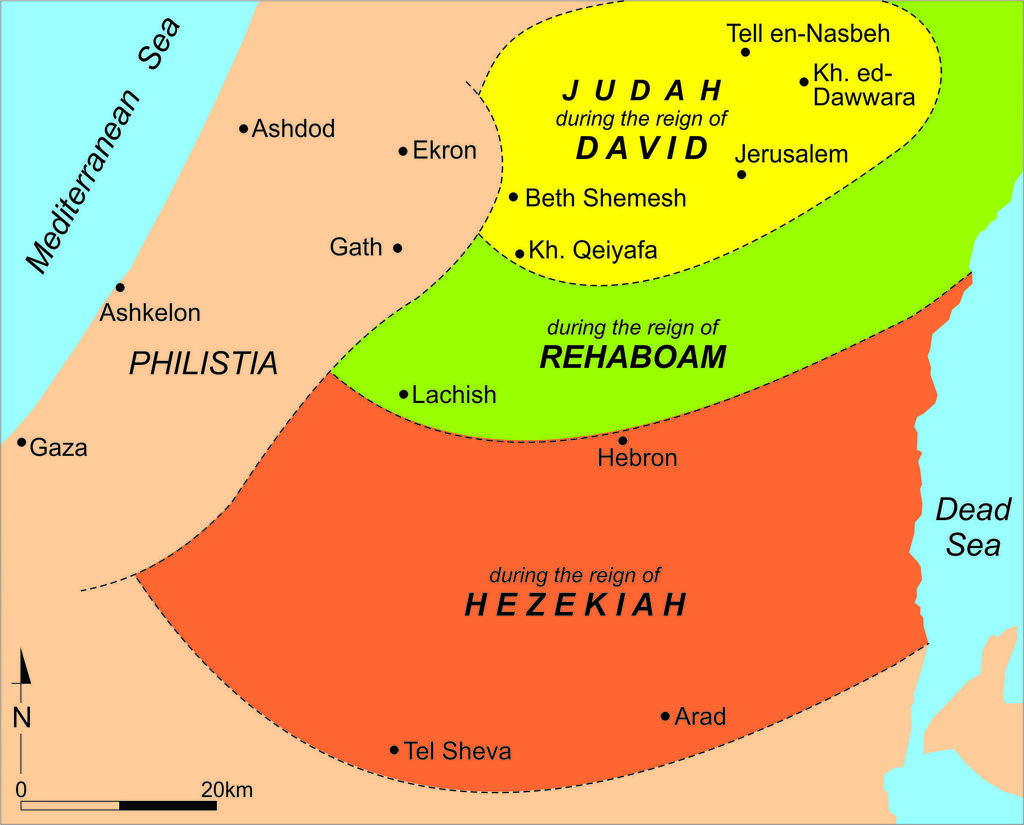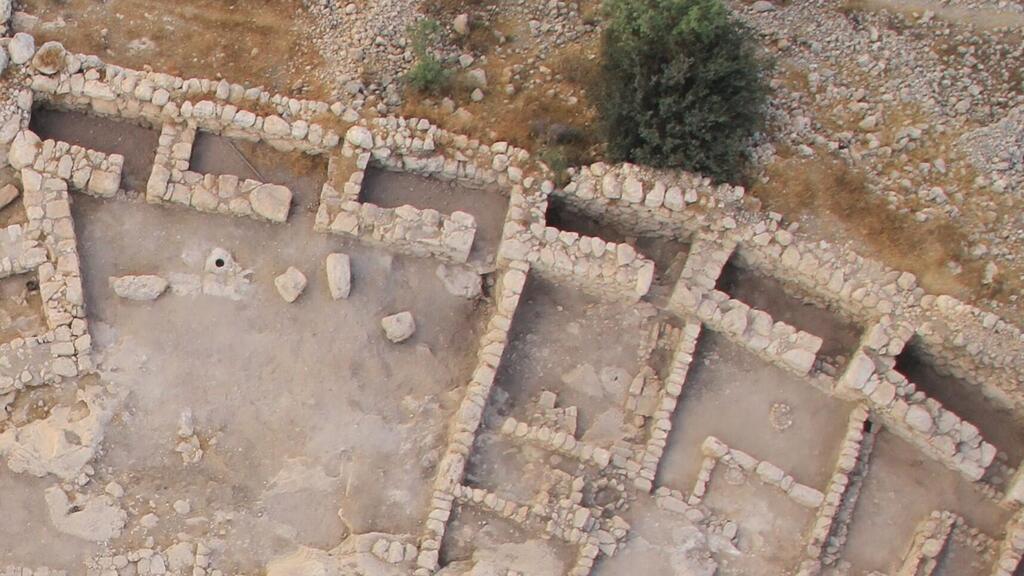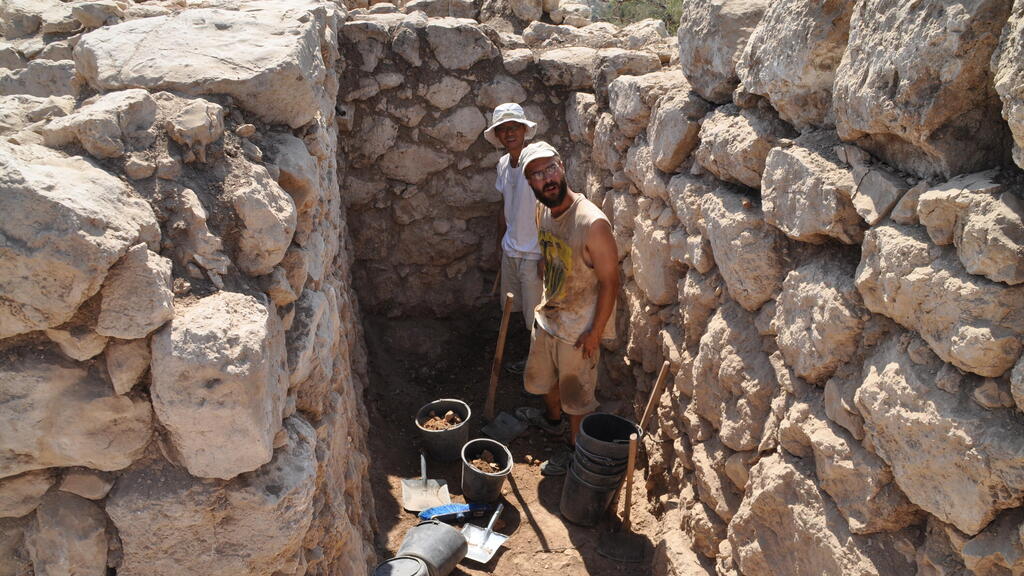Getting your Trinity Audio player ready...
A new study is the first to draw out the borders of the city planning in the early stages of the Kingdom of Judah during the reign of David in the early 10th century BCE, as well as during the reign of Rehoboam in the late 10th century BCE.
Read more:
The research was conducted by Prof. Yosef Garfinkel from the Institute of Archaeology at the Hebrew University of Jerusalem and was published in the Jerusalem Journal of Archaeology.
3 View gallery


A map of the Kingdom of Juda and the major developments in its city planning
(Illustration: Rozenberg)
For decades, researchers have been divided on the historical significance of the biblical traditions, including in the 10th century BCE, the period of the kings David, Solomon, and Rehoboam. Some researchers argued that the urbanization in Judah began only in the late 9th century BCE, around 200 years after the reign of King David, or even at the end of the 8th century BCE. Hebrew University scholars experts believe that the new research was important for the historical study of the First Temple period and the biblical tradition of the time, which proved the existence of the kingdom.
The study claims that the Kingdom of David was made up of a group of cities divided by casemate city walls lined with an abutting belt of houses, which incorporated the casemates as rear rooms. The casemates were calculably positioned to guard strategic roads leading to the kingdom.
Casemate walls have been discovered over the years at several locations, and now, Prof. Garfinkel revealed that these walls could be dated to the beginning of the 10th century BCE, the days attributed to King David's reign, and teach us how the Kingdom of Judah was laid out during that time.
The academic article demonstrates that during the time of David, there existed a kingdom in Judah that ruled over territories in the hill country and the northern central plains. The location of these enclosed casemate walls, none of which was more than a day's walk from Jerusalem, placed strategically to guard major roads, and featuring the same underlying urban plan fitting to that time - show us that these casemates were indeed the borders of the ancient kingdom.
According to the study, the kingdom bordered fortified settlements, spread throughout five sites - Khirbet Qeiyafa, Beth Shemesh, Lachish and Tell en-Naṣbeh and in the hill country.
Furthermore, it found that during the reign of King Rehoboam, in the late 10th century BCE, the Kingdom of Judah expanded and included additional urban centers, some located in the hill country and others in the plains including the fortified city of Lachish, the second most important city in the Kingdom of Judah.
"The discovery of a casemate in this area effectively marks the boundaries of the urban core of the Kingdom of David, and concludes the historical debate that has been ongoing for decades regarding the existence of the Kingdom of David and its borders," Garfinkel said.
"This demonstrates that the biblical documentation of King Rehoboam's expansion and strengthening of the kingdom is indeed accurate, and we have on-site evidence, dated to this period, as was written in the Book of Chronicles. These are rare instances where historical and archaeological empirical evidence can be provided regarding the events described in the biblical text concerning the late 10th century BCE," he said. "The evidence was always there, we're not talking about new discoveries. Someone just needed to come and see the complete picture that they illustrate. I'm glad I was able to do so."



